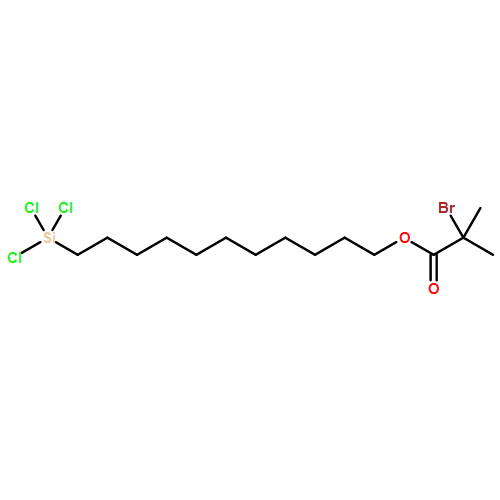Co-reporter: Hyung-Jun Koo, Kristopher V. Waynant, Chunjie Zhang, and Paul V. Braun
pp: 14320
Publication Date(Web):June 24, 2014
DOI: 10.1021/am503609x
We present a facile microfluidic method for forming narrow chemical gradients in polymer brushes. Co-flow of an alkylating agent solution and a neat solvent in a microfluidic channel forms a diffusion-driven concentration gradient, and thus a gradient in reaction rate at the interface of the two flows, leading to a quaternization gradient in the underlying poly(2-(dimethylamino)ethyl methacrylate) polymer brush. The spatial distribution of the quaternized polymer brush is characterized by confocal Raman microscopy. The quaternization gradient length in the polymer brush can be varied with the injection flow rate and the distance from the co-flow junction. A chemical gradient in the polymer brush as narrow as 5 μm was created by controlling these parameters. The chemical gradient by laminar co-flow is compared with numerical calculations that include only one adjustable parameter: the reaction rate constant of the polymer brush quaternization. The calculated chemical gradient agrees with the experimental data, which validates the numerical procedures established in this study. Flow of multiple laminar streams of reactive agent solutions enables single-run fabrication of brush gradients with more than one chemical property. As one example, four laminar streams—neat solvent/benzyl bromide solution/propargyl bromide solution/neat solvent—generate multistep gradients of aromatic and alkyne groups. Because the alkyne functional group is a click-reaction available site, the alkyne gradient could allow small gradient formation with a wide variety of chemical properties in a polymer brush.Keywords: amine alkylation; chemical gradient; click reaction; laminar flow; microfluidics; polymer brush
